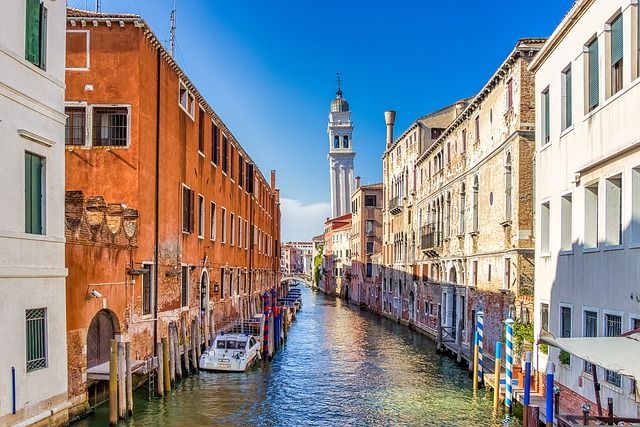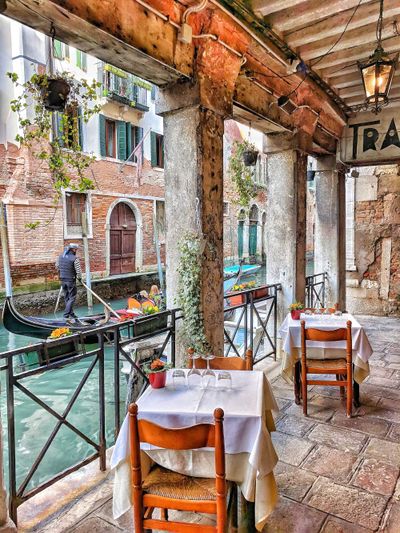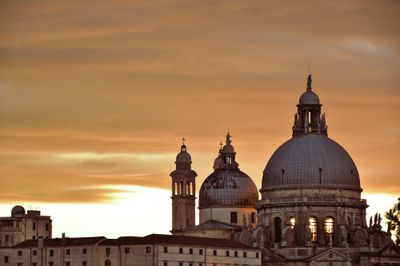Sharing Beans of the Dead is a great Venetian tradition celebrated every year on November 2nd. In Venice they are called "fave dei morti" or simply "favette" and they are one of the greatest sweets of the Venetian cuisine.
In this article we'll discover the origin of this tradition and we'll see how Venetians actually celebrate the Day of the Dead.
The Beans of the Dead: the colored sweet tradition that comes from the Ancient Rome
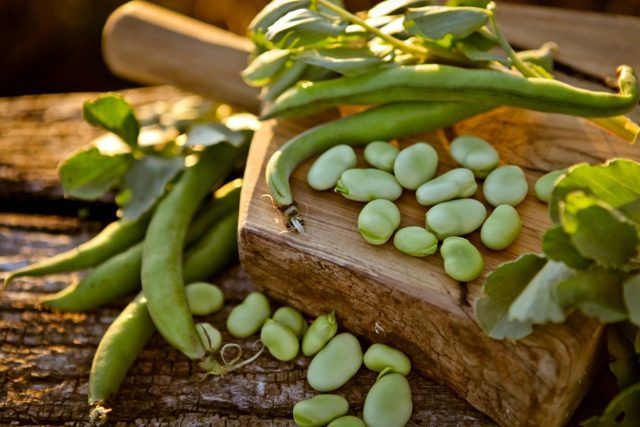
"Fave" in English means broad beans, but this Venetian tradition has nothing to do with broad beans or legumes at all.
However, in the past, the Ancient Romans believed that the legumes were strictly connected with the souls of the dead. So they used them very often during their ceremonies.
This ancient belief was maintained even by the Christians. They in fact used to leave some beans on the windowsill, hoping that their beloved ones would have eaten them in their afterlife.
The legumes at the time of the Serenissima
Also in ancient Venice, the beans were closely linked to the world of the dead.
As an example, when an illustrious personage died, large quantities of beans were boiled for their funerals and then distributed to the poorest people. They were the so-called beans of the dead.
With the passing of time, this tradition gradually disappeared. The offering of the beans was limited to November 2nd, on the day celebrating all the dead.
At the beginning, to the boiled broad beans were simply added some sugar and a mixture of marzipan. Luckily, over time the real bean disappeared giving way to a pure pastry dough.
And that's precisely what we eat today on the Day of the dead. But before we share with you all the secrets of this tradition, let's reveal the legend linked to it...
The legend behind the Venetian beans of the dead
In Venice, everything starts with a legend. So there couldn't not have been a story behind these sweet fava beans.
It is told that a young sailor Candido, madly in love with his Lucia in Venice, had to embark for the East. He arrived in Greece, where he discovered a field of broad beans, which were completely unknown to him.
He mistook the beautiful legumes for a gem, and he thought he could have brought them back to his Lucia as a precious gift. Candido, however, underestimated the amount of time of his return trip and you could imagine what happened next.
Once in Venice, in front of the family of Lucia, he tried to give her his gift. But what a terrible surprise. Instead of gems, a horrendous smell came out of the box where he had placed the beans. Candido, deeply mortified, left the house and went to an old pastry shop to buy some sweets and make up for his mistake.
Her family appreciated the sweets and the two lovers could live happily ever after.
All this happened the night of November 1st.
The tradition of the Venetian fave dei morti today
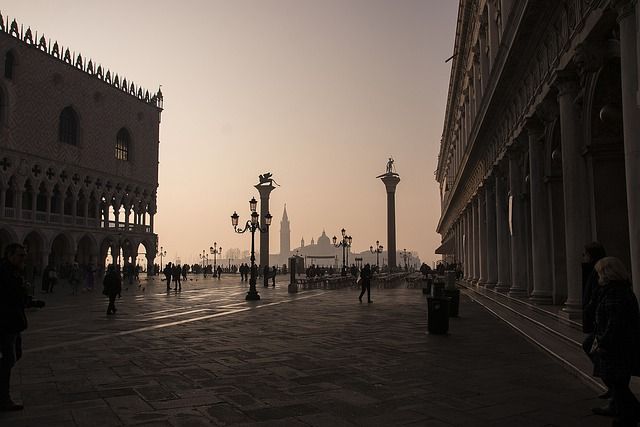
On the Souls day on November 2nd, Venetians traditionally eat the beans of the dead.
After the legend of Candido and Lucia, they have become also the symbols of eternal love so that nowadays Venetians give the fave dei morti to their beloved ones.
They are colored and so full of sugar that they surely contribute to sweeten the foggy November days.
How the favette look like today: recipe and colors
The fave dei morti traditionally have 3 colors: brown, reddish and white.
As we told you, they have nothing to do with legumes, but they are a sweet dough made of caster sugar, egg whites and almond or pine nuts (you can toast the almonds or simply use almond flour).
Once the dough is made, it is necessary to add the flavor and the color. Using some icing sugar it is possible to divide the dough into 3 pieces. In one you'll add the cocoa and make the brown beans; in one you'll add the Alchermes liquor to create the reddish ones and finally just a bit of vanilla for the white ones.
After 12 hours of rest, you can create the small colored beans and then cook them in the oven.
They are now ready to be consumed (or to be gifted to your loved ones!).
Would you taste the fave dei morti this November 2nd?
Speaking about the Venetian cuisine, November is a very important month.
You have no to wait long for the next day of celebration: on November 11th, there's the tasty tradition of consuming the delicious San Martino biscuit...
All this given, isn't the eleventh month of the year a great moment to come to Venice? We hope you will come here very soon!

